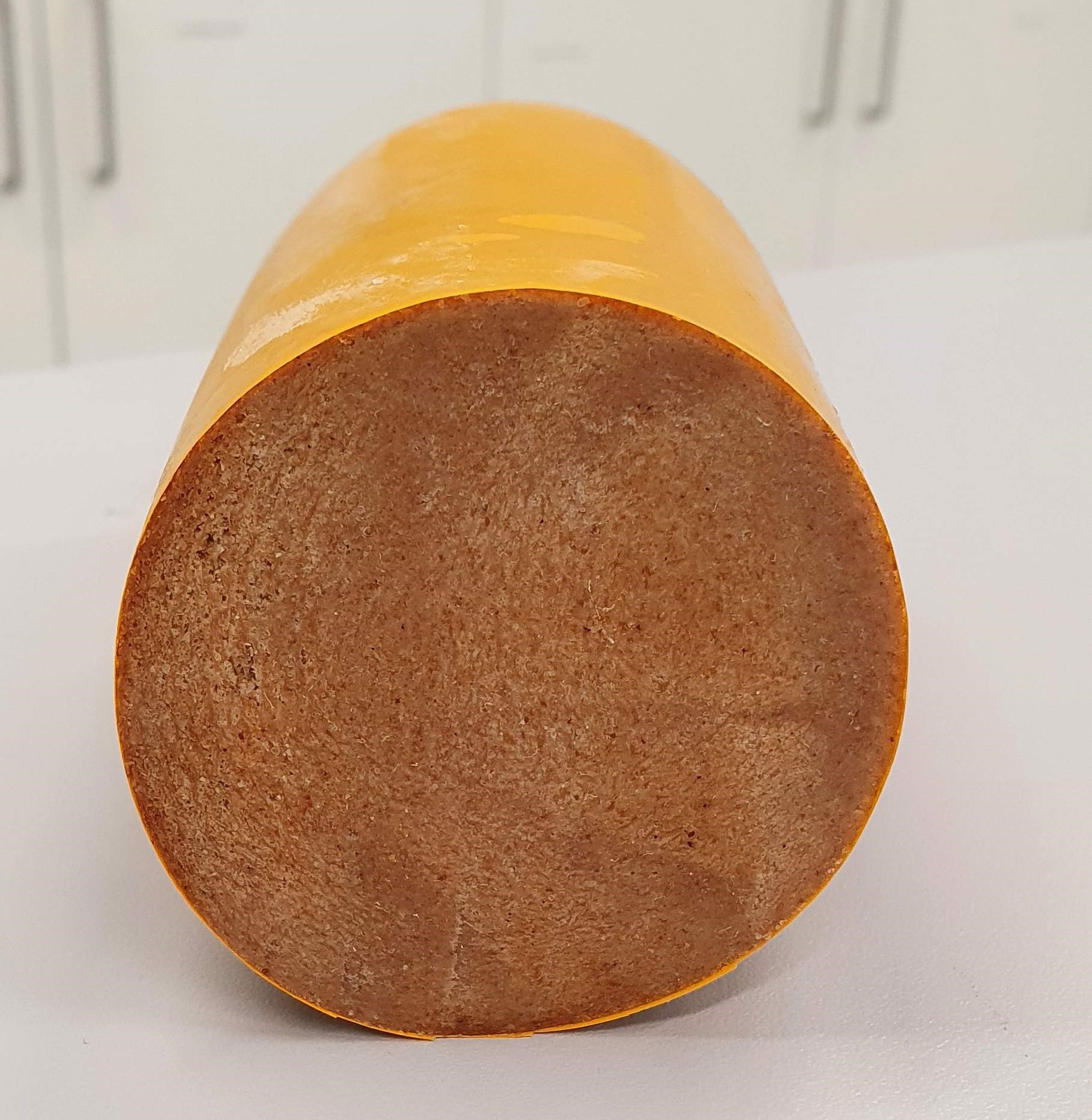Production of flavor optimized foods based on insect protein



Research motivation
The world population is growing steadily and with it the global demand for food. At the same time, climate change in connection with a severely limited availability of agricultural land threatens the stable supply of food. Therefore, the food industry is confronted with the challenge to utilize the available resources for food production as comprehensively as possible. At the same time, novel innovative ideas such as meat-like products are necessary, since many consumers want to eat less meat or no traditional meat at all for ethical reasons, undignified animal husbandry conditions or because of meat scandals.
Benefits of insects
With more than one million described species, insects are the most diverse group of animals in the world. In many parts of the world, various insects have traditionally been part of the human diet for a long time. About 2,000 edible insects are known; these include mainly beetles, ants, wasps and bees. Apart from that, insects are also on the menu of animals. As insects are found ubiquitously, they represent an excellent alternative source of protein for humans and animals. Compared to livestock, such as cattle, pigs or poultry, insects have a much better ecological balance, require fewer resources such as feed or water and significantly less land. Pigs or chickens are often reared in laying batteries or fattening facilities, whereas edible insects are reared in species-appropriate and food-safe containers that correspond to the natural swarm behavior of insects. Meat production also causes land and water pollution, which leads to climate and other environmental problems. 70 percent of the area used for agriculture, including the area for growing feed for livestock, is used for breeding conventional livestock. Another advantage of insects is the feed conversion efficiency, which is very low in conventional livestock with conventional feed. Insects are cold-blooded animals, so none of the energy provided by the feed is needed to maintain body temperature. For consumption, the usable proportion of farm animals in relation to their total weight is significantly lower than that of edible insects. More than 80 percent of grasshoppers and 100 percent of mealworms may be consumed. A currently (still) underused resource is the feces of insects, also known as frass. Due to its high nitrogen content, the frass may be used as a biofertilizer. In contrast to mineral fertilizers, the phosphate contained in frass is less soluble in water and thus remains longer in the soil. Studies have shown that the phosphate is nevertheless absorbed by plants without phosphate leaching.
Necessity for an alternative protein source based on insects
Due to the increasing demand for food proteins caused by the growth of the world population and the increasing consumption of animal-based foods, new protein sources are urgently required. First plant-based alternatives, such as products based on pea or soy protein, have been commercially available for some time. A disadvantage of a supply with vegetable proteins is their lower biological value compared to that of animal-derived proteins. In addition, a one-sided diet with vegetable proteins may lead to vitamin deficiencies due to the low concentration of essential vitamins. By breeding insects, essential vitamins and fatty acids are introduced into the innovative food in addition to the high-quality proteins. As a result, the alternative products are rich in essential nutritional components and thus, typical deficiency symptoms that may occur when nourishing exclusively or predominantly on plant-based meat-like foods currently available on the market, are avoided.
Insects are largely omnivorous, allowing them to consume a wide variety of organic feeds. The use of industrial side streams of the food and agricultural industry as feed enables a resource-efficient insect breeding. This makes it relatively easy to generate high-quality protein from worthless or low-value side streams. The sustainable development of insect rearing in the project "InWu - Establishment of a novel protein source based on insects for the production of taste-optimized food" was carried out with both, solid and liquid side streams of the food industry. The larvae of the mealworm beetle (Tenebrio molitor) and the lesser mealworm beetle (Alphitobius diaperinus) were selected as suitable candidates. For product development, priority was given to the mealworm, as the European Food Safety Authority (EFSA) has approved it as a novel food since June 2021. For the InWu project, regional side streams were used for the cultivation of mealworm larvae. In direct comparison to a reference diet based on chicken feed, it was shown that the mealworms developed on a mixture of certain side streams at comparable rates to those on the reference diet. Furthermore, it was shown for the first time that liquid side streams may be successfully employed as wet feed, which serves as a source of moisture, after simple processing. This additional feeding can compensate for any limitations of the dry food.
Insect sausage made from mealworm larvae
Studies showed that the willingness of Western consumers to eat insects increases when they are included in familiar products such as burger patties or protein bars on the one hand, and when the insects were added as flour (not recognizable as insect) in the product on the other hand. By adapting to the European/Western taste with spices and creating a familiar consistency and texture of the product, the willingness to eat insects should be increased and thus the "disgust factor" is reduced. Consumers can thus be slowly habituated to insects as food. In the project, a spreadable sausage was created that consists of 60 percent mealworm larvae. Tastings showed that the vast majority of consumers would eat this product regularly. Meat substitute products made from insects can thus be an attractive alternative for consumers who take care of sustainably produced food.
 Fraunhofer Institute for Molecular Biology and Applied Ecology IME
Fraunhofer Institute for Molecular Biology and Applied Ecology IME